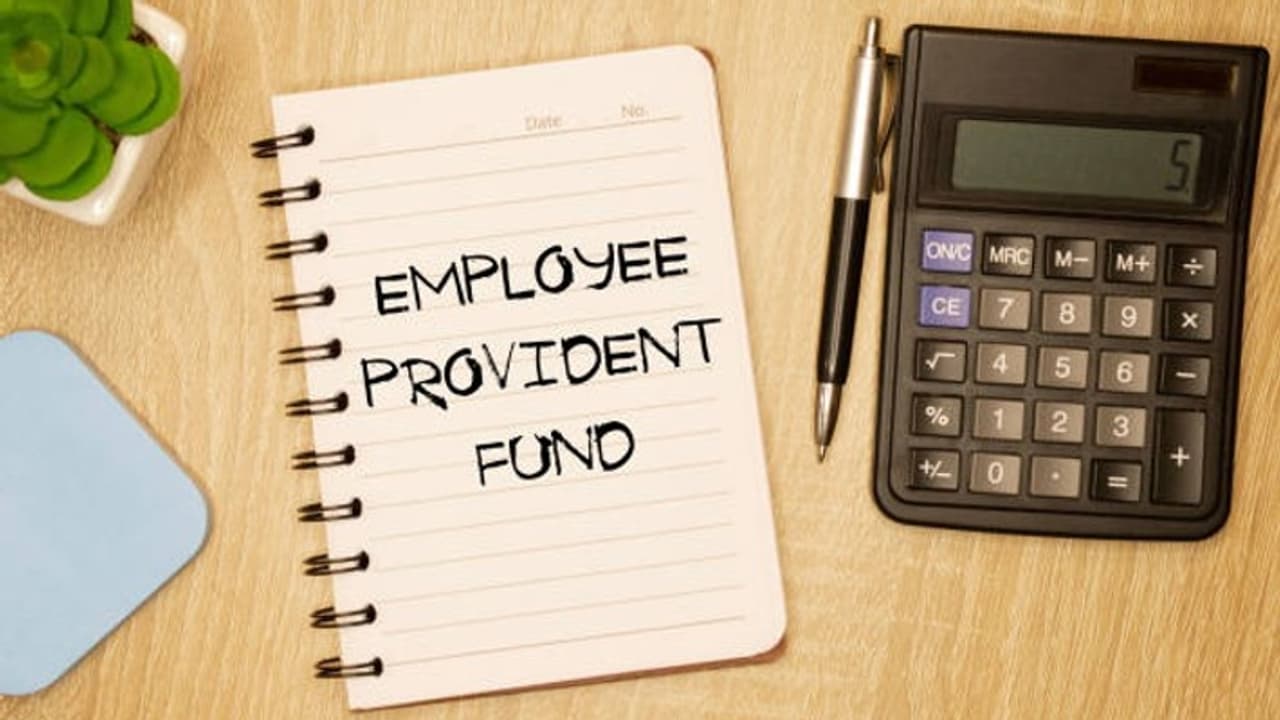India’s new labour codes mandate that wages must be at least 50% of an employee’s total compensation (CTC). This has raised questions about whether variable pay and bonuses will be included in Employees’ Provident Fund (EPF) calculations.
India’s new labour codes kicked in on November 21, merging 29 older laws into one streamlined system covering wages, social security, workplace safety and industrial relations. But for most employees, the real question is simple: Will this change reduce my take-home salary?
A big part of that worry comes from how EPF (Employees’ Provident Fund) will now be calculated—especially with the rule that wages must make up at least 50% of the Cost-to-Company (CTC).
What’s Changing in EPF Calculations?
Until now, PF was calculated only on basic salary plus dearness allowance, with both employer and employee contributing 12% each. But the new wage structure expands what could fall under ‘wages’, raising a key question:
Do variable pay, bonuses and incentives now count toward PF?
So, Will Variable Pay and Bonuses Be Included?
That depends, mostly on how your company structures your CTC.
Balasubramanian A, Senior Vice President at TeamLease Services, explained, “Yes, if variable pay is part of CTC, it should be considered for PF wage calculation.”
This means people with large performance-linked pay components could see more money going into PF—and less in monthly take-home.
But not everything is clear yet.
Why the Confusion? Experts Explain the Grey Areas
Kartik Narayan, CEO of Jobs Marketplace at Apna, said companies are waiting for detailed government guidelines.
“Variable pay and bonuses are treated differently across organisations. Percentage-of-sales incentives may not be counted as wages, while some bonuses are included in CTC. These grey areas need clarification,” he said.
Essentially, the fine print will determine whether your bonus becomes PF-eligible or stays outside it.
Will Your Take-Home Salary Change Immediately?
Not necessarily. Right now, EPF deductions change only if your basic salary is less than the required 50% of CTC. If that happens, companies may shift allowances, or even certain bonuses, into the ‘wage’ category to comply with the rule.
But those who contribute the minimum EPF amount don’t need to worry.
“If you contribute only the minimum Rs 1,800 today, nothing changes,” Balasubramanian noted.
Even high earners can continue to cap their contribution at Rs 1,800 (12% of Rs 15,000), as per existing PF rules.
